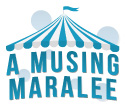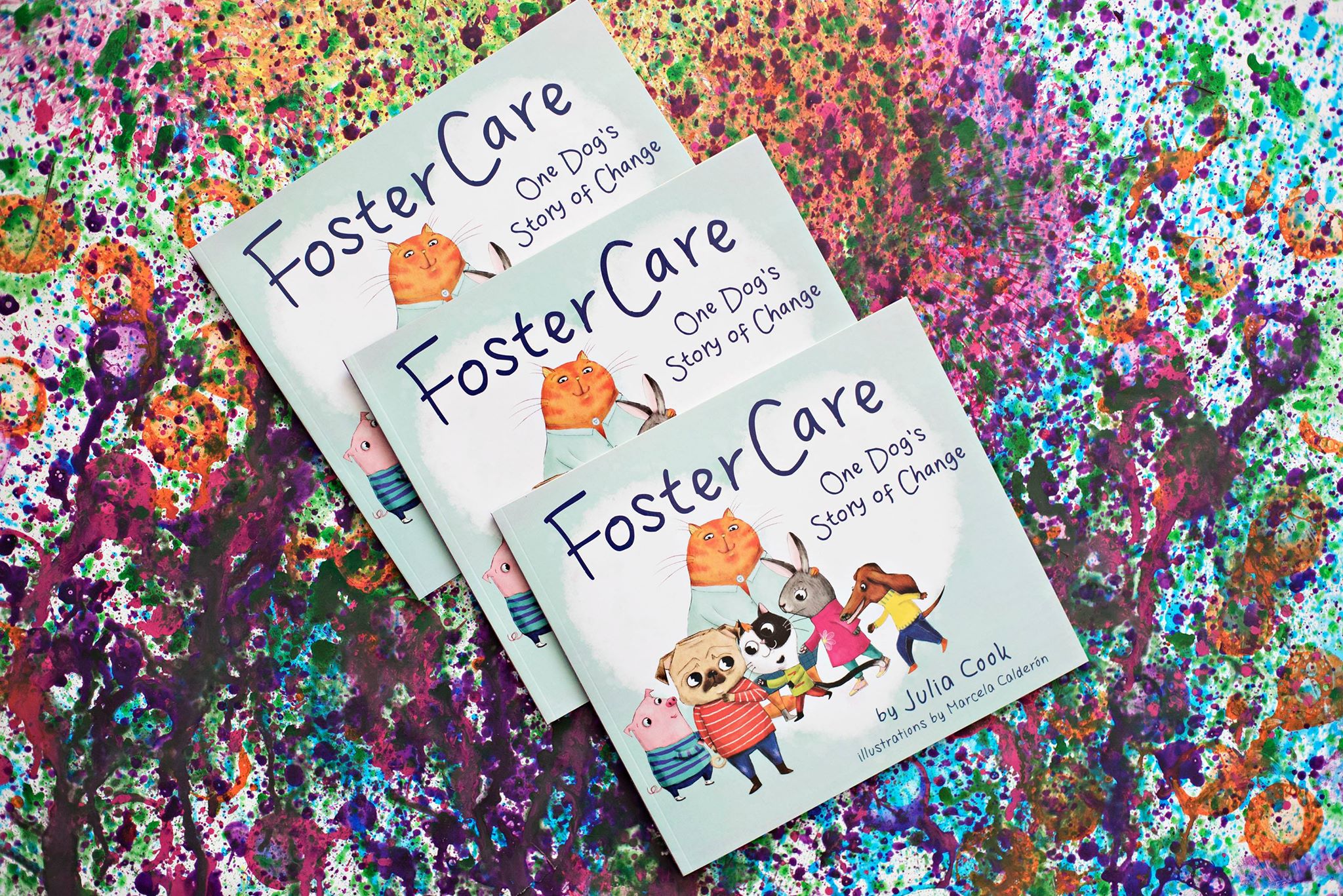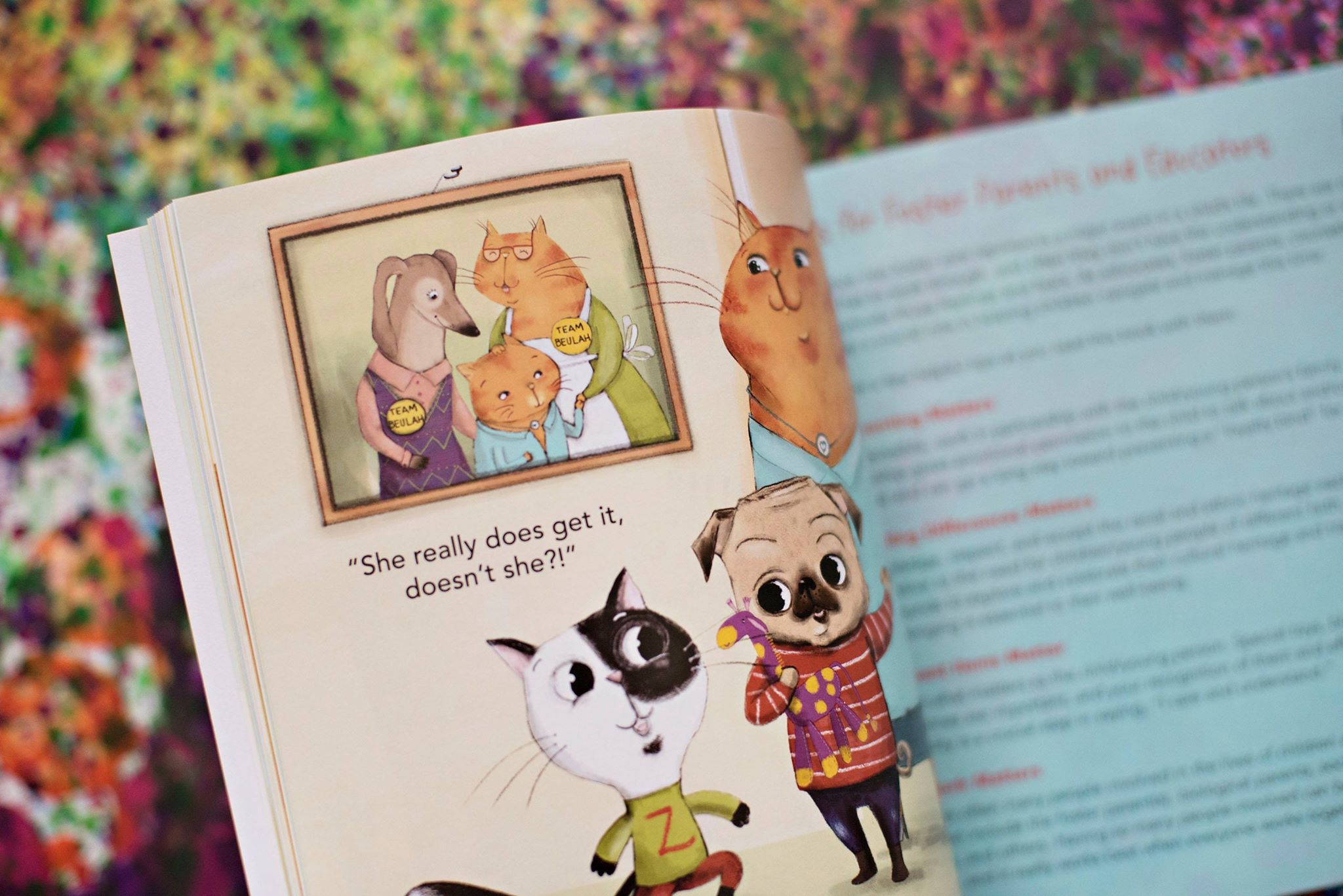I can’t tell you how many times I’ve had people ask me about resources to help explain foster care to children. There has been such a need and I’m glad we now have “Foster Care: One Dog’s Story of Change” to help both foster kids and kids in fostering families understand the process a little bit better.
I read this story to my four-year-old daughter today and she was definitely drawn in by the story and the illustrations. It follows the story of a little dog named Foster who has come into the care of Miss Beulah, his foster mom. Foster meets several other animals that are in foster care in Miss Beulah’s home. I liked that the other animals represented lots of different potential foster care outcomes: moving toward reunification, moving toward adoption, and an uncertain outcome (including a child who has had multiple homes). The other animals validate what Foster is going through and all the complicated feelings. They also let him know that Miss Beulah is safe and can be trusted.
As I read it to my daughter, we were able to talk about her story. There is a great illustration that shows all the people who make up the team that works together for the child. We looked through that picture and talked about all the people who were on her team when she was in foster care. We talked about them by name and we talked about the role they played in her story. I can see how this would be helpful in helping a foster child normalize that they aren’t the only child who has gone through this. They could ask their own questions and identify the members of their own team. On the last page there’s a picture of Miss Beulah that implies she may have been in foster care herself. My daughter loved that and we had a sweet talk about how she might want to be a foster parent someday too.
There was one page I struggled with where a cat described his mom as being a “wild cat.” It is a STRUGGLE as a foster parent to know how to talk to a child about their parent’s issues in ways that are empathetic and honest. I probably wouldn’t describe them the way this story did, but it would open up a discussion to be able to talk to your foster child about why they think they came into care. It’s sad how many children don’t really understand their own situation.
This book would be ideal for agencies to be able to give to children as they come into care. It would also be great for foster families to own this book, not just to read with new foster kids, but to help their bio or adopted kids understand how incoming foster children might feel and why this might be a struggle for them. During my experience today, I saw how helpful it was even for a former foster child as she was able to put words and concepts together that might have been difficult for her at the time. There’s a point in the story where Foster says it must be his fault that he’s in foster care. I asked my daughter why she came into foster care and she gave me a great, appropriate answer. It was good to have this vehicle to bring up some of those conversations so I could see what she knew.
This book is a much needed resource for foster families. If you have a foster family you support, it would be great to be sure they had a copy. You can order it from Amazon here:



